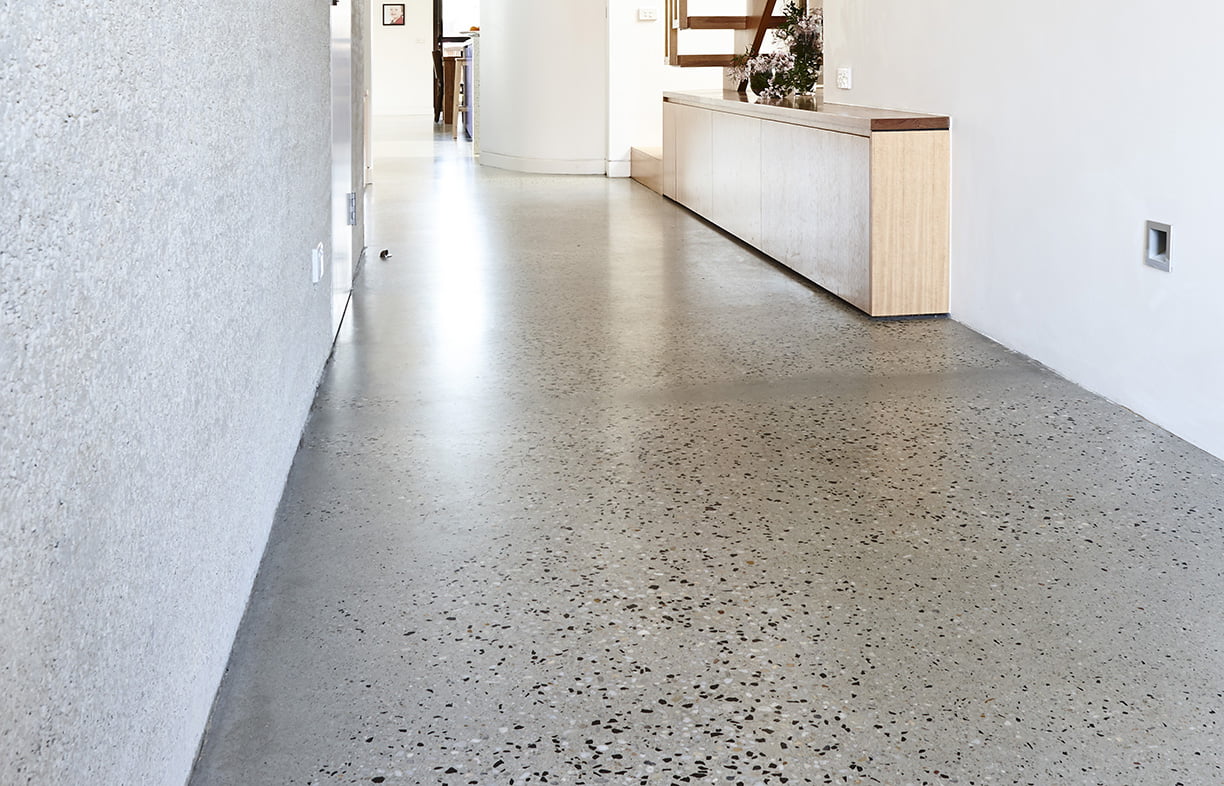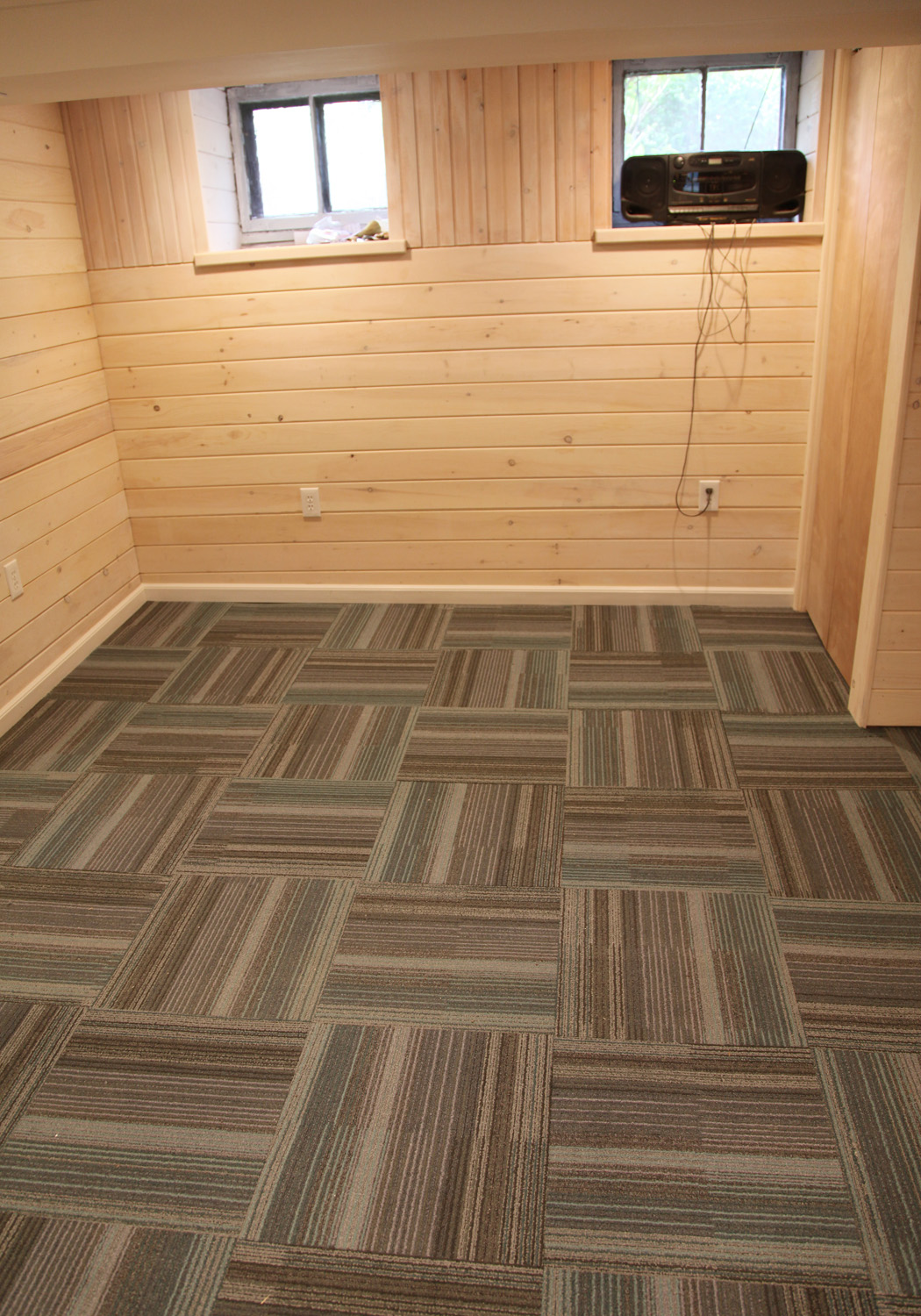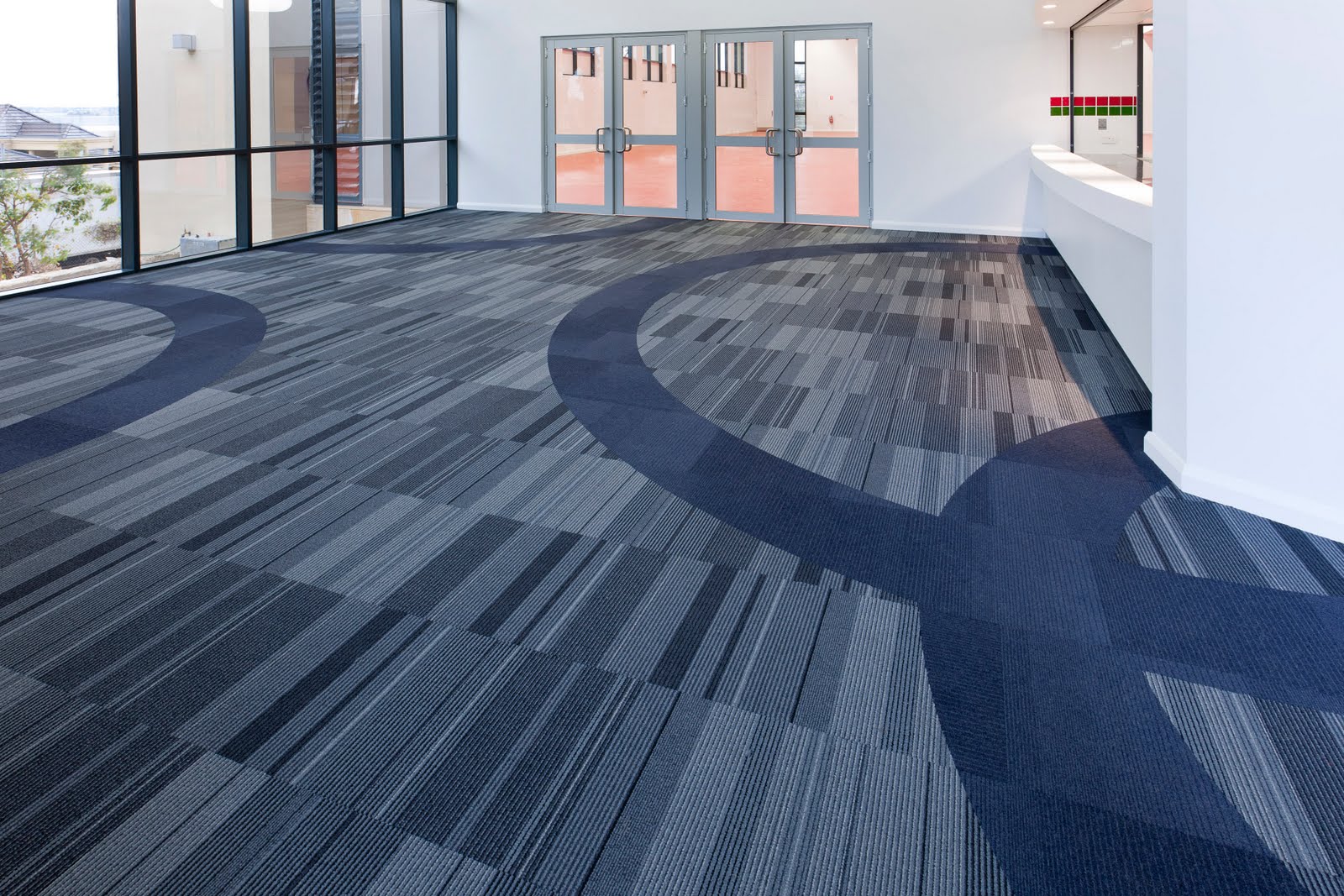Hardwood flooring is a classic and timeless choice for a sunken living room. The rich, warm tones of hardwood add a touch of elegance and sophistication to any space. With its durability and natural beauty, it's no wonder that hardwood flooring remains a top choice for homeowners. One of the main advantages of hardwood flooring is its versatility. It comes in a variety of species, finishes, and colors, allowing you to choose the perfect option to complement your sunken living room's style and design. From traditional oak to exotic hickory or walnut, there is a hardwood flooring option for every taste. Another benefit of hardwood flooring is its durability. When properly maintained, it can last for decades, making it a great long-term investment for your home. It is also easy to clean and can withstand heavy foot traffic, making it an excellent choice for a high-traffic area like a sunken living room. However, hardwood flooring may not be the best option for every homeowner. It can be more expensive than other flooring options, and it is susceptible to scratches and water damage. It's also not the most comfortable option for those who prefer to lounge on the floor, as it can be hard and unforgiving.Hardwood Flooring
If you're looking for a more budget-friendly option that still offers the look of hardwood, consider laminate flooring. It is made from a composite material that mimics the look of real wood, but at a fraction of the cost. It's also easier to install, making it a favorite among DIY enthusiasts. Laminate flooring comes in a wide range of styles and colors, including options that resemble hardwood, stone, and tile. This makes it a versatile choice for any sunken living room design. It is also scratch-resistant and easy to maintain, making it an excellent option for families with children or pets. However, laminate flooring may not be as durable as hardwood. It can be easily damaged by water, making it a less suitable option for areas prone to spills or high humidity. It also has a shorter lifespan compared to hardwood, so it may need to be replaced more frequently.Laminate Flooring
Tile flooring is a popular choice for sunken living rooms, especially in warmer climates. It is cool to the touch and can help keep the room feeling comfortable during hot summer months. With a wide range of colors, patterns, and textures available, tile flooring can add a beautiful and unique touch to your living space. One of the main advantages of tile flooring is its durability. It can withstand heavy foot traffic, spills, and even extreme temperatures without showing signs of wear. It is also easy to clean and maintain, making it an ideal option for those looking for a low-maintenance flooring choice. However, tile flooring can be hard and uncomfortable to stand on for long periods, which may not be ideal for a sunken living room. It can also be slippery when wet, so it may not be the safest option for families with young children or older adults. Additionally, tile flooring can be quite cold in colder climates, making it less suitable for year-round use.Tile Flooring
For a more affordable and comfortable option, consider vinyl flooring for your sunken living room. It is a synthetic material that comes in a variety of styles, including options that mimic the look of hardwood, stone, and tile. It is also available in different forms, such as sheets, tiles, or planks, giving you the flexibility to choose the best option for your space. Vinyl flooring is known for its durability and water resistance, making it an excellent choice for high-traffic areas like a sunken living room. It is also easy to clean and maintain, making it a practical choice for busy households. Additionally, it has a softer and more forgiving surface compared to hardwood or tile, making it a comfortable option for those who like to lounge on the floor. However, vinyl flooring may not have the same level of luxury or elegance as other flooring options. It can also be prone to scratches and may not last as long as hardwood or tile flooring. It is also not as eco-friendly as other options, as it is made from synthetic materials.Vinyl Flooring
Engineered wood flooring is a popular alternative to traditional hardwood flooring. It is made up of layers of real wood veneer bonded together, making it more resistant to moisture and humidity compared to solid wood flooring. This makes it a suitable option for sunken living rooms, which may be more prone to moisture due to their location. One of the main benefits of engineered wood flooring is its stability. It is less likely to expand or contract due to changes in temperature and humidity, making it a more reliable option for long-term use. It is also available in a wide range of styles, including options that closely resemble hardwood, bamboo, and cork. However, engineered wood flooring may still be susceptible to water damage, so it may not be the best option for areas prone to spills or high humidity. It also tends to be more expensive than traditional hardwood flooring, so it may not be the most budget-friendly option for some homeowners.Engineered Wood Flooring
Bamboo flooring is a popular eco-friendly option for sunken living rooms. It is made from fast-growing bamboo grass and is highly sustainable compared to other flooring materials. It also has a unique and modern look, with a wide range of colors and patterns available to suit any design aesthetic. Bamboo flooring is known for its durability and stability. It is harder than most hardwoods and is resistant to scratches and dents, making it a great option for high-traffic areas like a sunken living room. It is also easy to maintain, making it a practical choice for busy households. However, bamboo flooring may not be the best option for those who prefer a more traditional look. It also tends to be more expensive than other flooring options, and it may not be as readily available as hardwood or tile flooring.Bamboo Flooring
For a unique and eco-friendly option, consider cork flooring for your sunken living room. It is made from the bark of the cork oak tree, making it a sustainable and renewable material. It has a unique texture and appearance, with a soft and cushioned surface that is comfortable to walk on. Cork flooring is known for its sound-absorbing properties, making it an excellent option for a sunken living room, which may have a higher ceiling and create more echo. It is also naturally resistant to mold, mildew, and pests, making it a hypoallergenic choice for those with allergies or asthma. However, cork flooring may not be the most durable option for a sunken living room. It can be easily dented or scratched, and it is not as water-resistant as other flooring materials. It may also be more expensive than some other options and may not be suitable for those who prefer a more traditional or classic look.Cork Flooring
Stone flooring is a luxurious and durable option for a sunken living room. It comes in a variety of options, including marble, granite, limestone, and travertine, each with its unique beauty and characteristics. It can add an upscale and elegant touch to any living space. One of the main advantages of stone flooring is its durability. It can withstand heavy foot traffic, spills, and scratches, making it an excellent option for a high-traffic area like a sunken living room. It is also naturally cool to the touch, making it a great option for warmer climates. However, stone flooring can be expensive and may not be within everyone's budget. It is also quite heavy and may require additional structural support to install properly. Additionally, it may be slippery when wet, making it less suitable for families with young children or older adults.Stone Flooring
Concrete flooring is a modern and industrial option for a sunken living room. It is highly versatile, with a wide range of colors, textures, and finishes available. It can also be stained, polished, or stamped, giving you the flexibility to customize the look of your living space. Concrete flooring is known for its durability and low maintenance. It can withstand heavy foot traffic and is resistant to scratches and stains. It is also easy to clean and can be a cost-effective option for those looking for a long-term flooring solution. However, concrete flooring may not be the most comfortable option for a sunken living room. It can be hard and unforgiving, making it less ideal for those who like to lounge on the floor. It also tends to be colder in colder climates, making it a less suitable option for year-round use. Additionally, it may require professional installation, which can add to the overall cost.Concrete Flooring
Carpet flooring is a cozy and comfortable option for a sunken living room. It comes in a variety of styles, colors, and textures, allowing you to choose the perfect option to match your living space's design. It also provides a soft and plush surface for lounging and is a popular choice for families with young children or pets. One of the main advantages of carpet flooring is its affordability. It is typically less expensive than other flooring options, making it a budget-friendly choice for many homeowners. It is also easy to install and is available in both wall-to-wall carpeting and carpet tiles, giving you the flexibility to choose the best option for your space. However, carpet flooring may not be the most practical option for a sunken living room. It can be difficult to clean and maintain, especially in high-traffic areas prone to spills and stains. It also tends to trap dust, allergens, and pet dander, making it less suitable for those with allergies or respiratory issues.Carpet Flooring
Creating a Cozy and Functional Sunken Living Room

The Importance of Choosing the Right Flooring
 When designing a sunken living room, one of the most important elements to consider is the flooring. This is because the flooring not only plays a crucial role in the overall aesthetic of the space, but it also needs to be functional and durable. After all, the sunken living room is a high-traffic area where family and guests will spend a lot of time. So, what is the
best flooring
for a sunken living room?
When designing a sunken living room, one of the most important elements to consider is the flooring. This is because the flooring not only plays a crucial role in the overall aesthetic of the space, but it also needs to be functional and durable. After all, the sunken living room is a high-traffic area where family and guests will spend a lot of time. So, what is the
best flooring
for a sunken living room?
Hardwood Flooring: A Classic and Timeless Choice
 One of the most popular choices for a sunken living room is
hardwood flooring
. Not only does it add warmth and character to the space, but it is also highly durable and easy to maintain. Hardwood flooring comes in a variety of styles and finishes, making it easy to find one that complements your overall design aesthetic. From classic oak to trendy bamboo, there is a hardwood option for every taste and budget.
One of the most popular choices for a sunken living room is
hardwood flooring
. Not only does it add warmth and character to the space, but it is also highly durable and easy to maintain. Hardwood flooring comes in a variety of styles and finishes, making it easy to find one that complements your overall design aesthetic. From classic oak to trendy bamboo, there is a hardwood option for every taste and budget.
Tile Flooring: A Practical and Stylish Option
 For those looking for a more
modern and sleek
look for their sunken living room,
tile flooring
is a great choice. Not only is it durable and easy to clean, but it also comes in a wide variety of styles, colors, and patterns. This allows for endless design possibilities, whether you prefer a minimalist look or a bold statement. Additionally, tile flooring is perfect for sunken living rooms that are connected to outdoor spaces, as it can withstand moisture and dirt.
For those looking for a more
modern and sleek
look for their sunken living room,
tile flooring
is a great choice. Not only is it durable and easy to clean, but it also comes in a wide variety of styles, colors, and patterns. This allows for endless design possibilities, whether you prefer a minimalist look or a bold statement. Additionally, tile flooring is perfect for sunken living rooms that are connected to outdoor spaces, as it can withstand moisture and dirt.
Carpet Flooring: Comfort and Coziness
 If you want to create a cozy and inviting atmosphere in your sunken living room,
carpet flooring
is a great option. It provides warmth and comfort underfoot, making it perfect for lounging and relaxing. Carpet also has the added benefit of reducing noise, which can be beneficial in homes with multiple levels. With a wide range of colors, textures, and patterns to choose from, carpet flooring can add a touch of personality to your sunken living room.
If you want to create a cozy and inviting atmosphere in your sunken living room,
carpet flooring
is a great option. It provides warmth and comfort underfoot, making it perfect for lounging and relaxing. Carpet also has the added benefit of reducing noise, which can be beneficial in homes with multiple levels. With a wide range of colors, textures, and patterns to choose from, carpet flooring can add a touch of personality to your sunken living room.
Laminate Flooring: A Budget-Friendly Alternative
 For those on a budget, laminate flooring is a great
cost-effective
alternative to hardwood or tile. It mimics the look of these more expensive materials, but at a fraction of the cost. Laminate flooring is also easy to install and maintain, making it a popular choice for DIY home projects. With advancements in technology, laminate flooring is now available in a variety of styles and designs, making it a viable option for a sunken living room.
For those on a budget, laminate flooring is a great
cost-effective
alternative to hardwood or tile. It mimics the look of these more expensive materials, but at a fraction of the cost. Laminate flooring is also easy to install and maintain, making it a popular choice for DIY home projects. With advancements in technology, laminate flooring is now available in a variety of styles and designs, making it a viable option for a sunken living room.
Choosing the Right Flooring for Your Sunken Living Room
 When deciding on the
best flooring
for your sunken living room, it is important to consider both style and functionality. The flooring should not only complement your overall design aesthetic, but it should also be durable and able to withstand heavy foot traffic. With a variety of options available, from hardwood to carpet, you can create a cozy and functional sunken living room that meets all your design needs.
When deciding on the
best flooring
for your sunken living room, it is important to consider both style and functionality. The flooring should not only complement your overall design aesthetic, but it should also be durable and able to withstand heavy foot traffic. With a variety of options available, from hardwood to carpet, you can create a cozy and functional sunken living room that meets all your design needs.








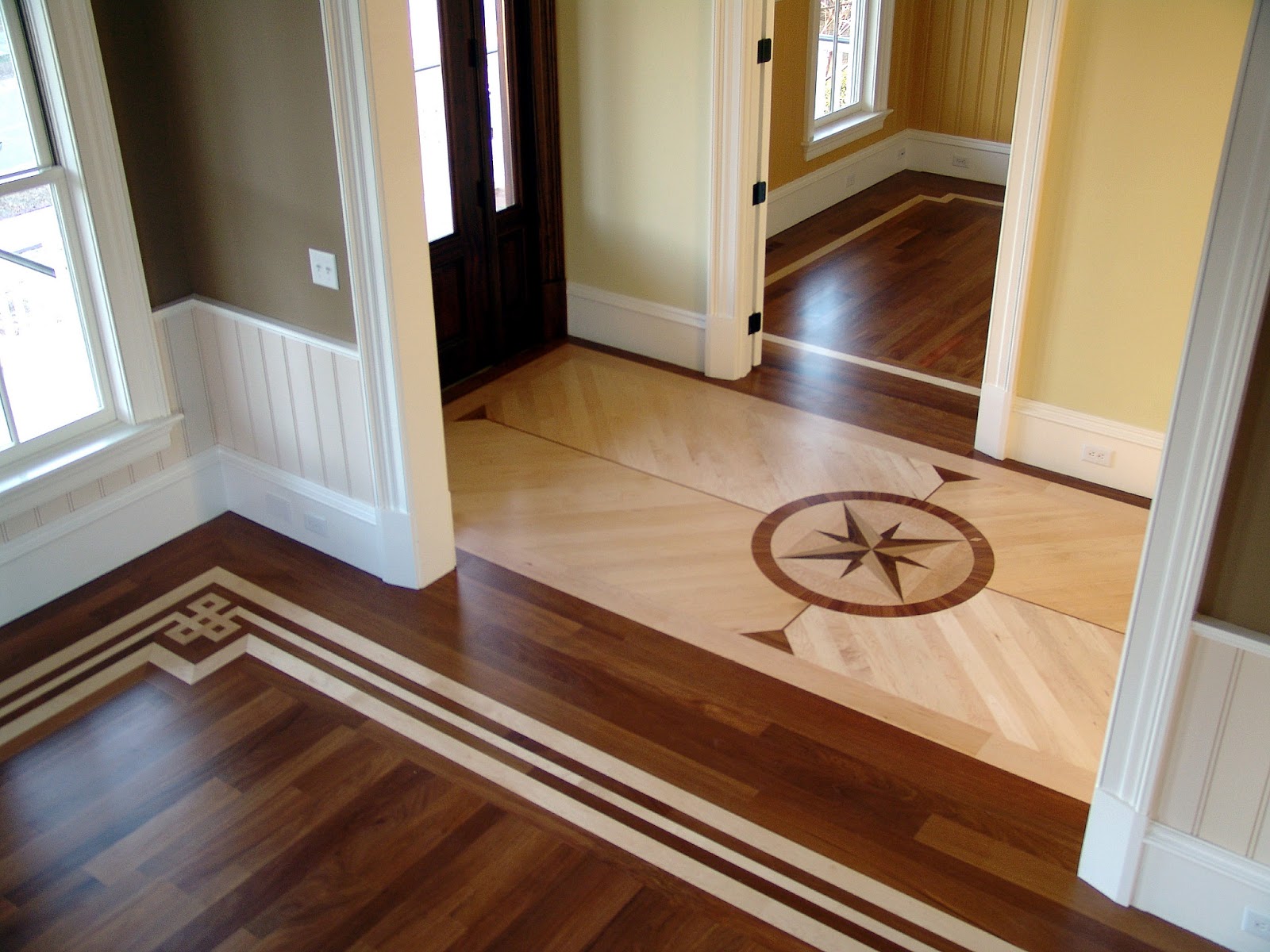



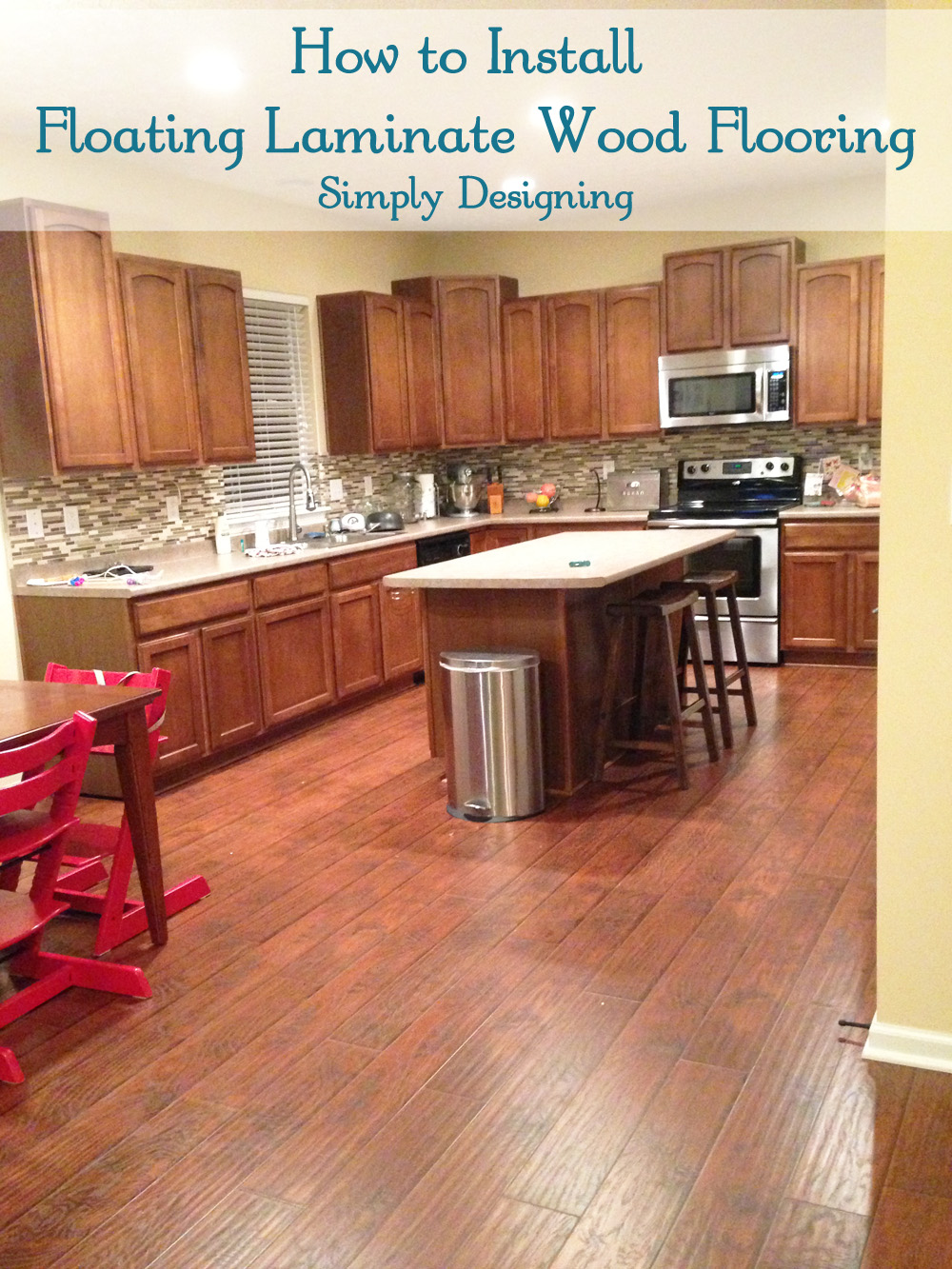















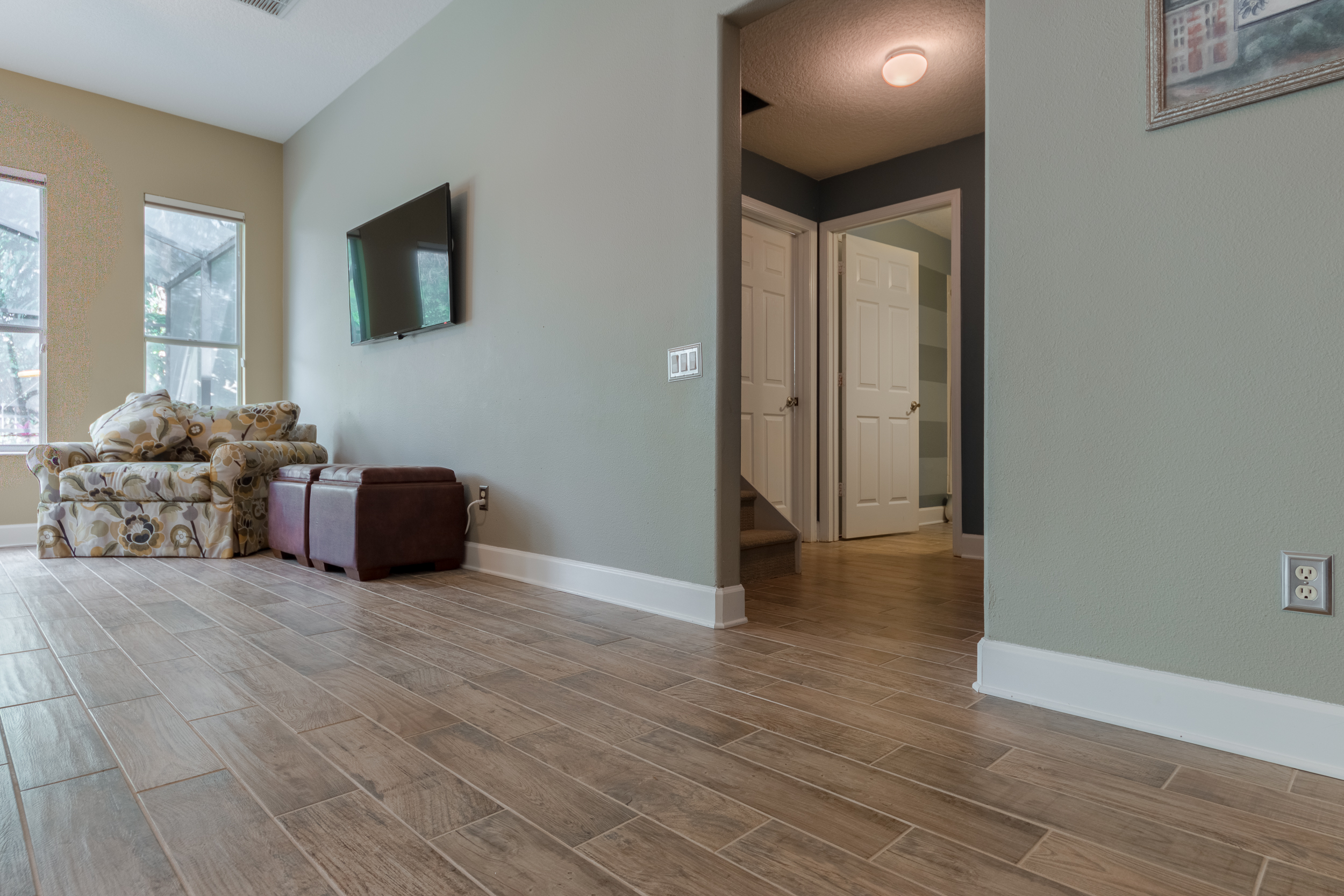
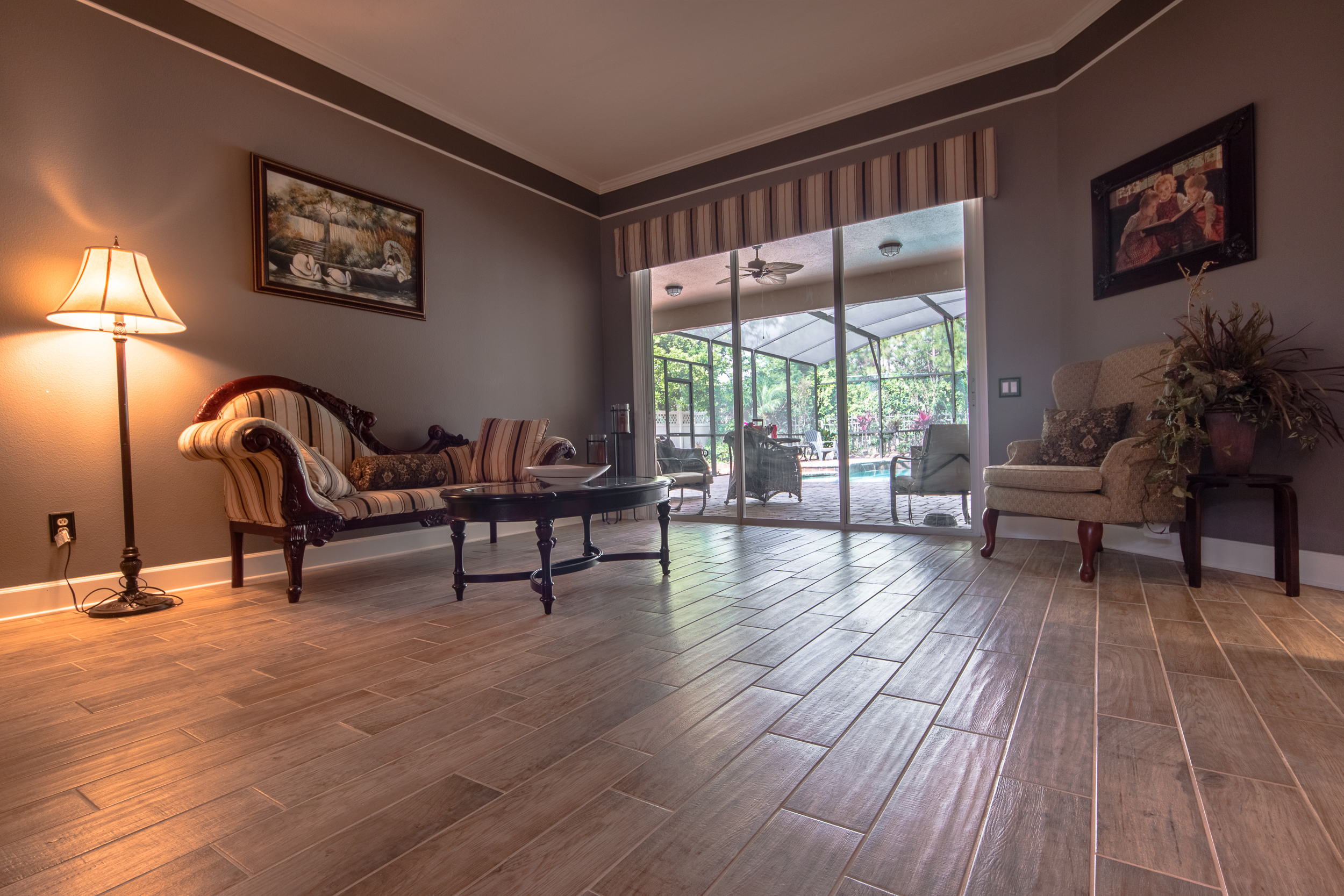


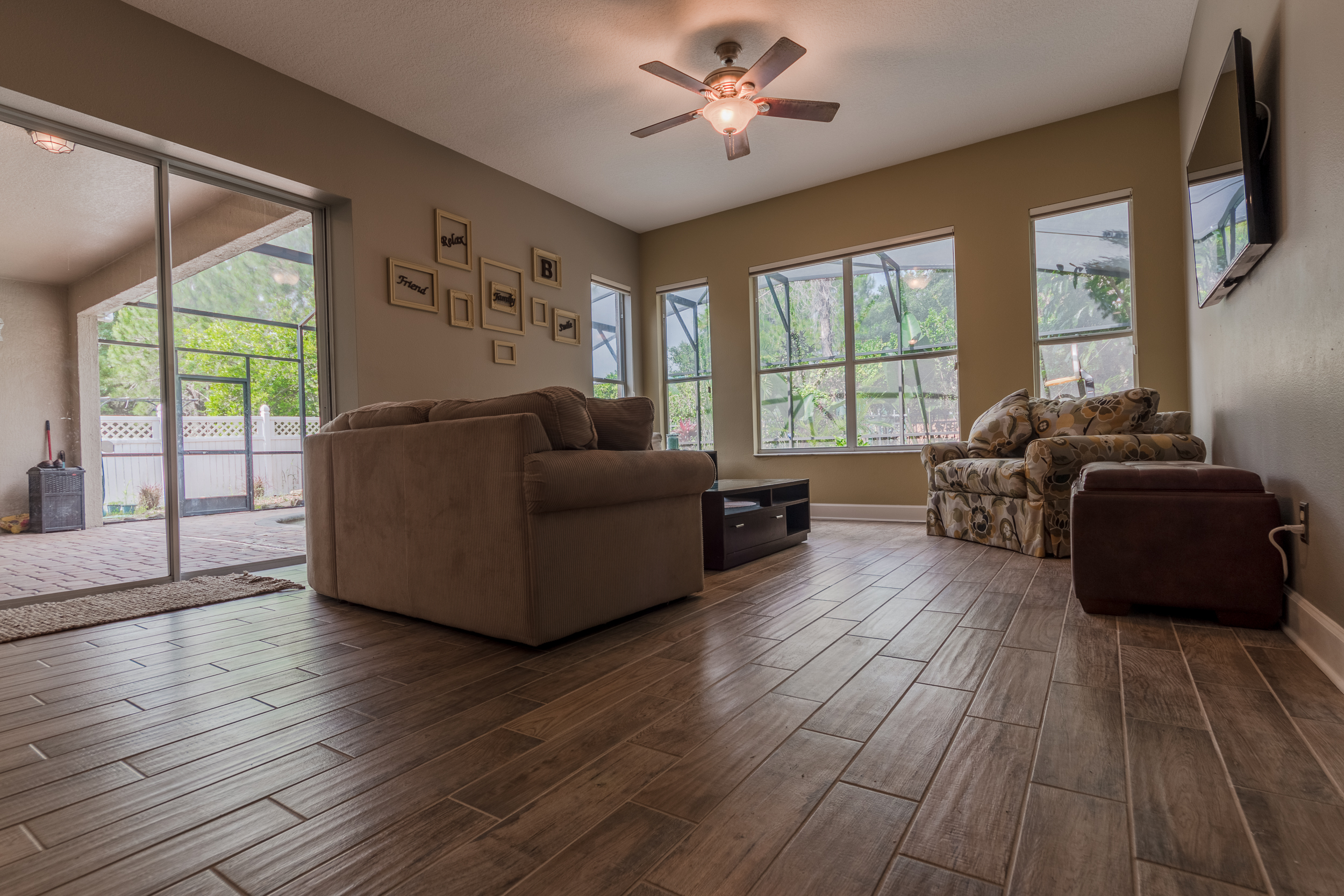






:max_bytes(150000):strip_icc()/LumberliquidatorsCoreluxeDeweyMeadowOakEvp-966e281976dc455e8e8dae0bf99ce66a.jpg)




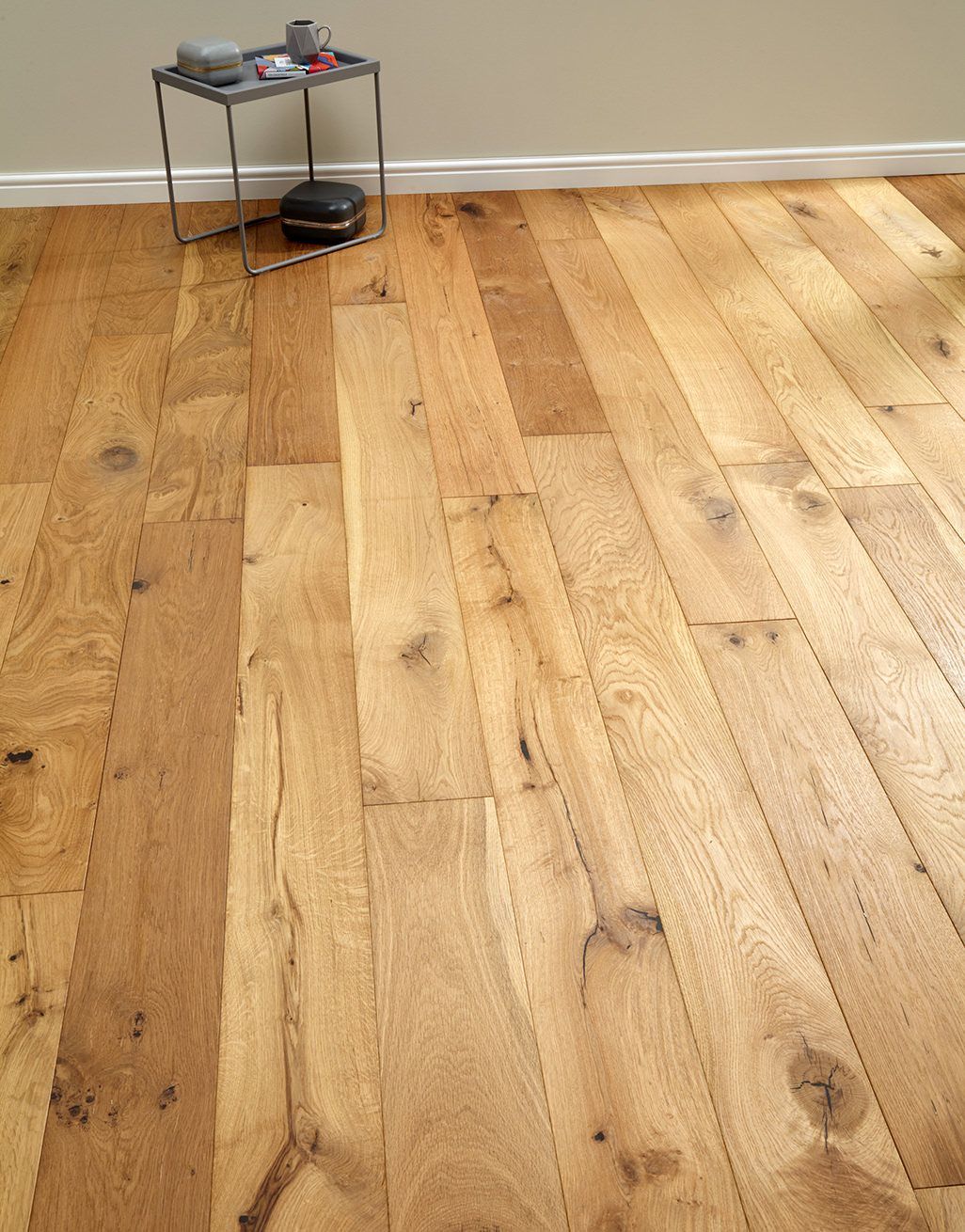

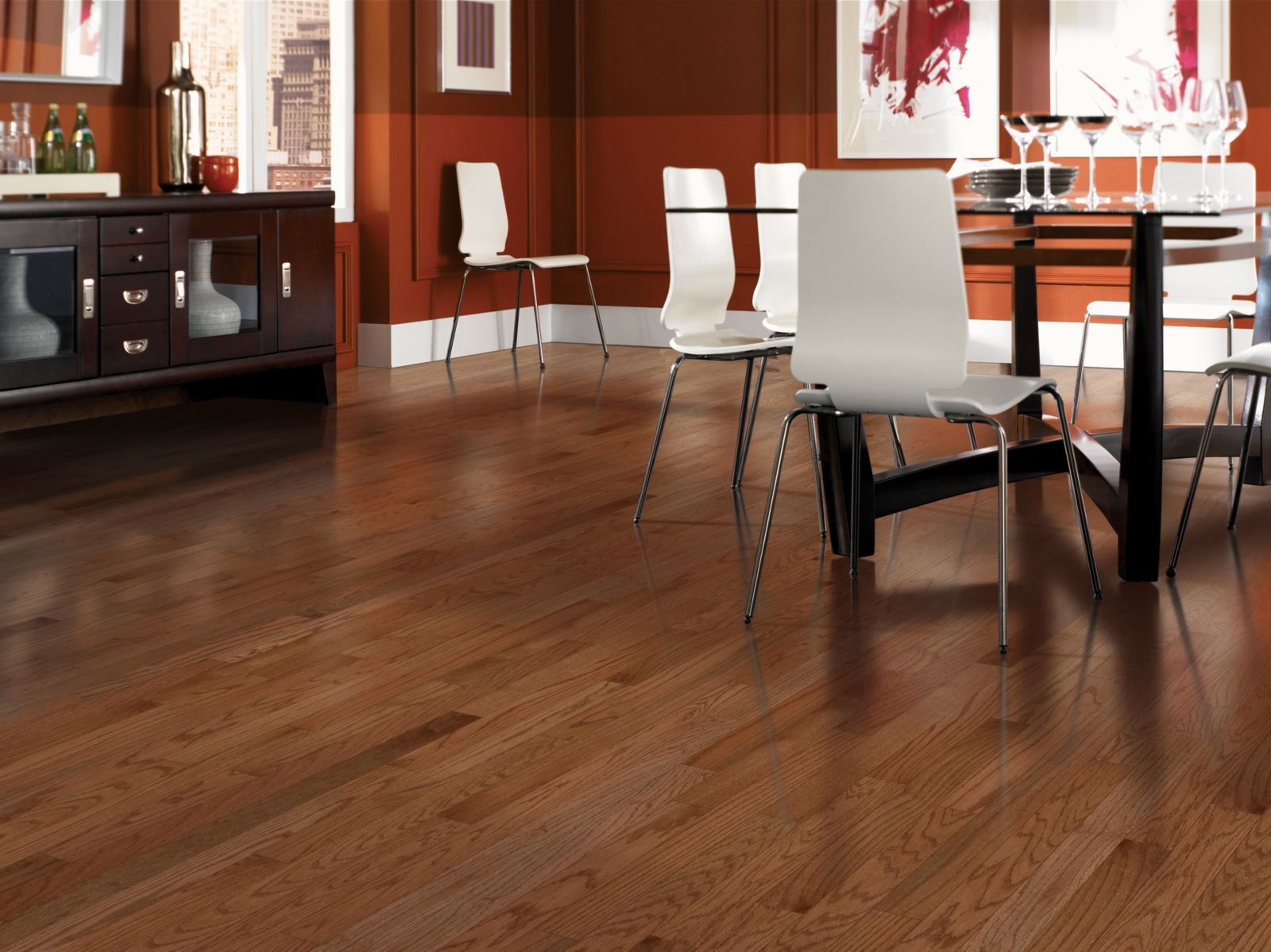
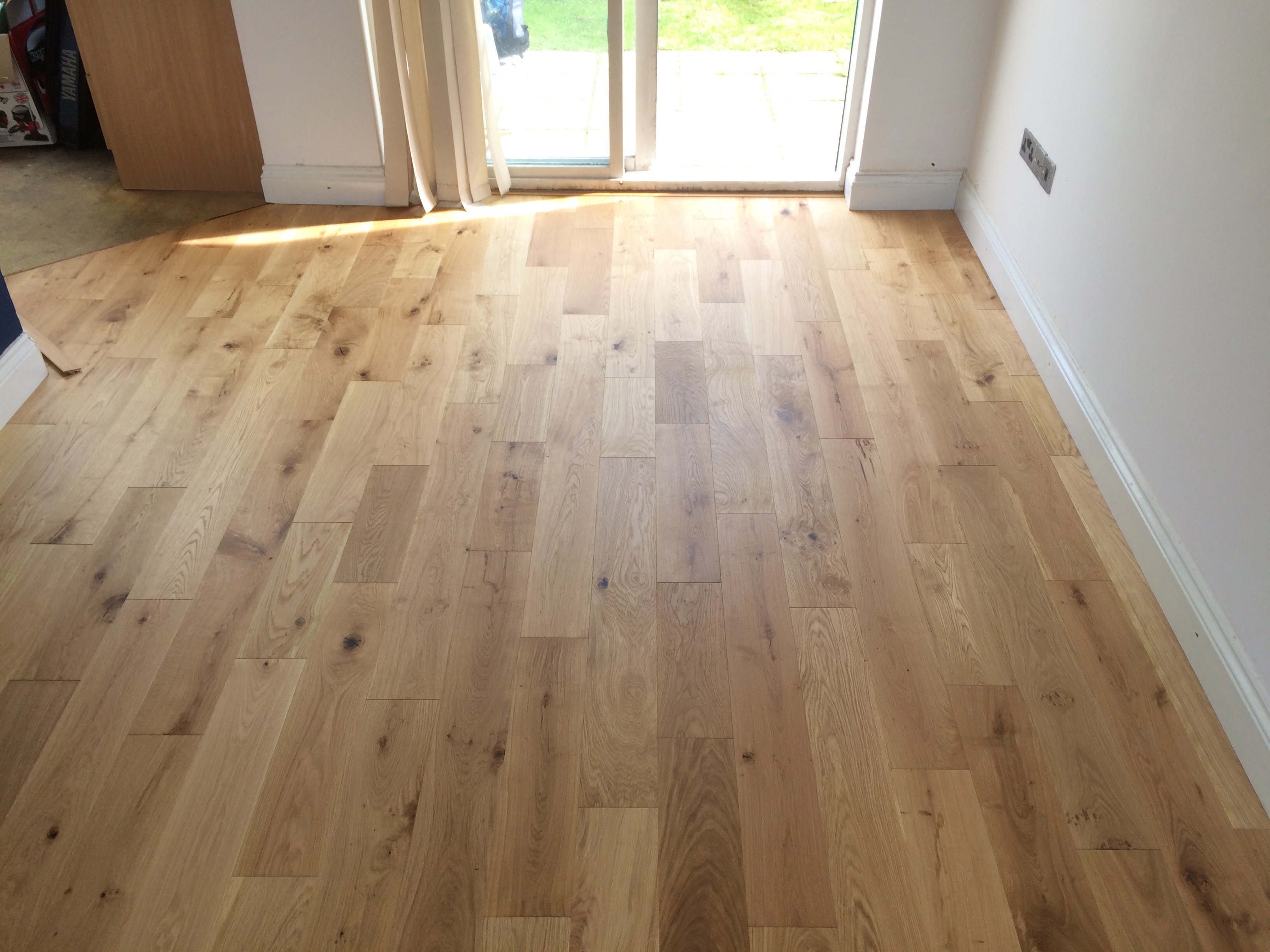

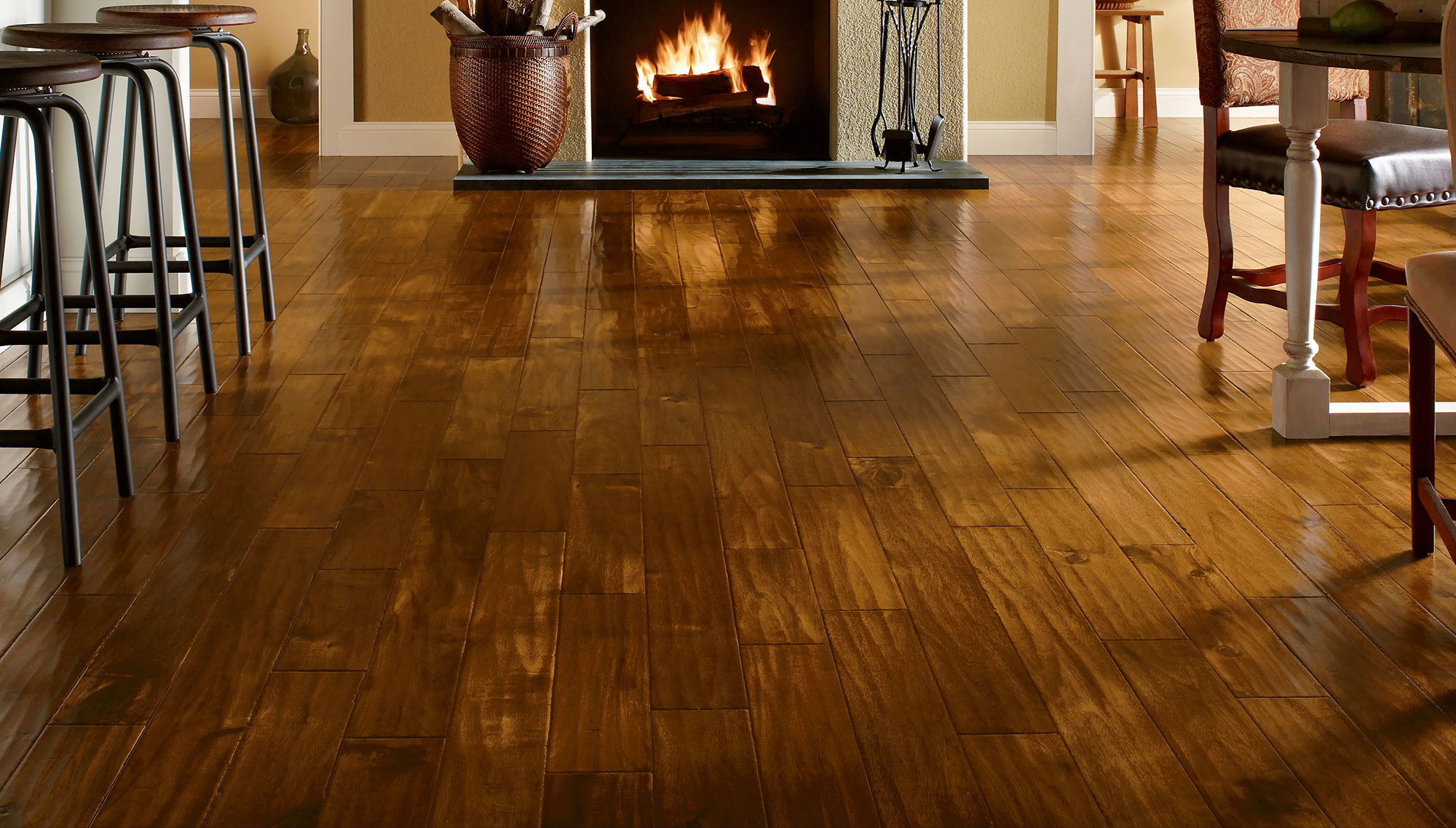









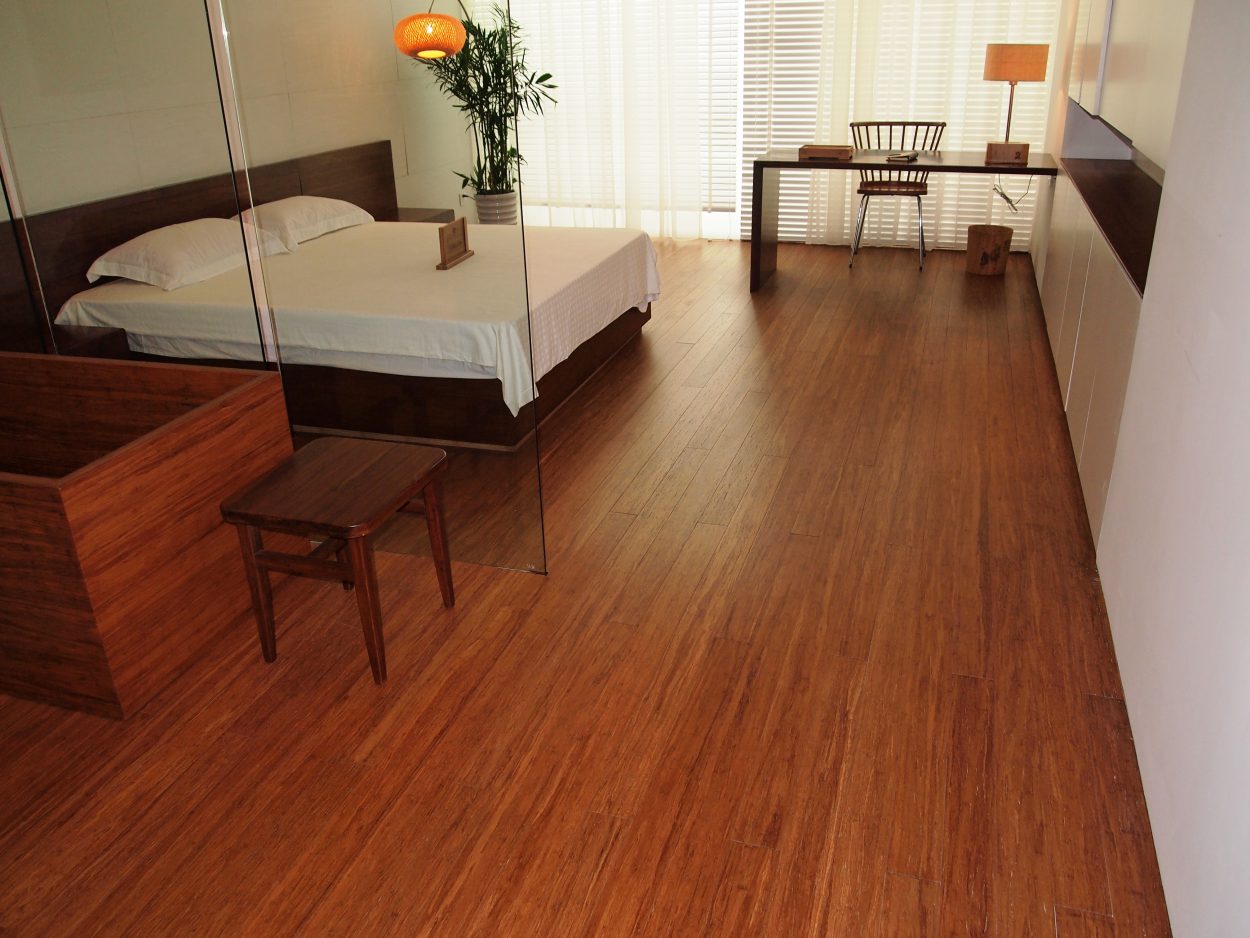











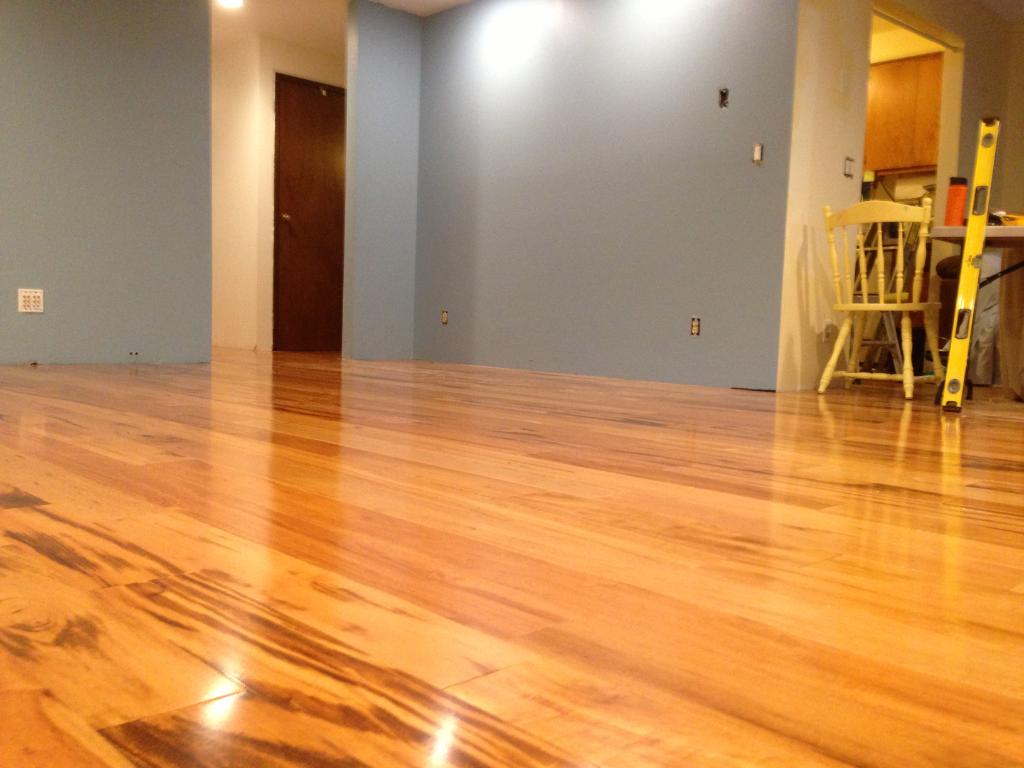


/cork-flooring-in-unfurnished-new-home-647206431-5b4540a646e0fb00543e2ba0.jpg)





















